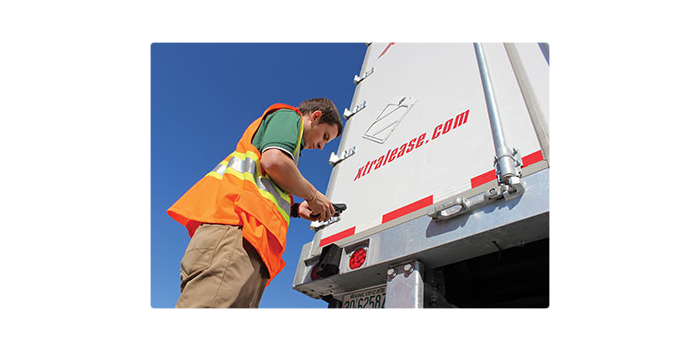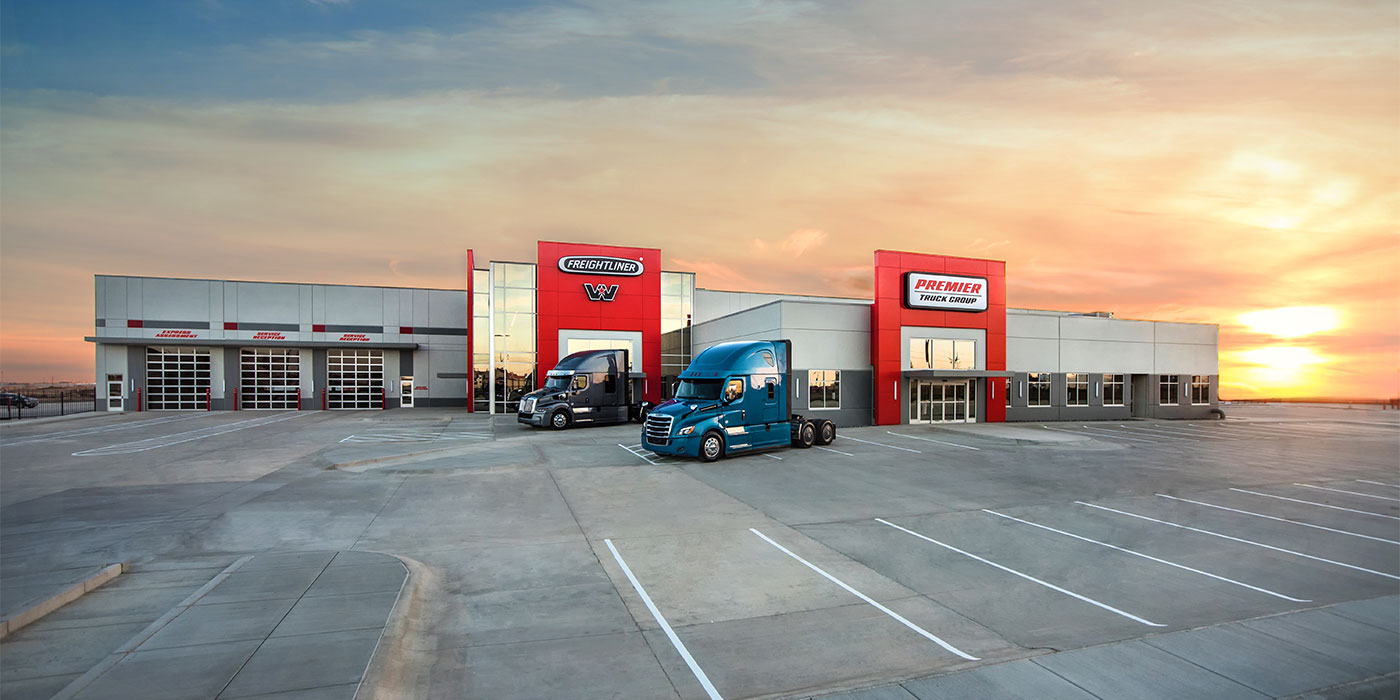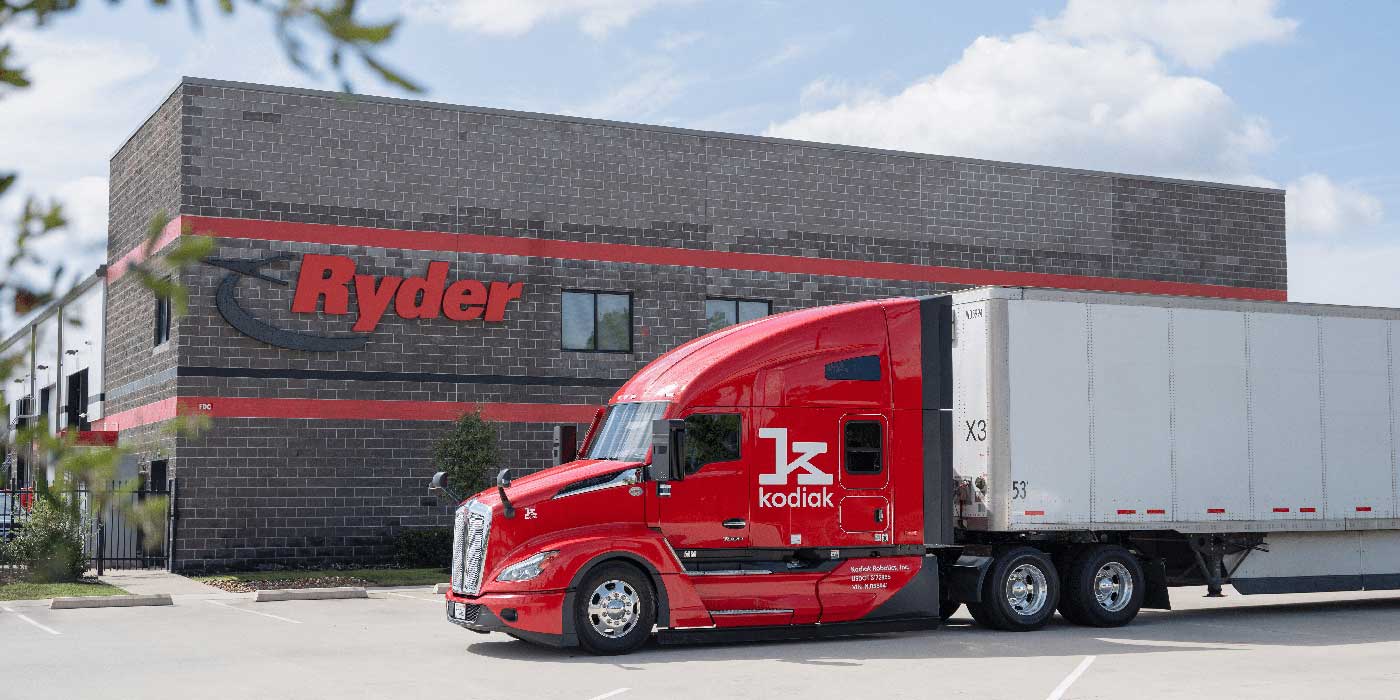Controlling equipment costs is always top of mind for fleets. Whether fleets lease or buy, spec’ing and maintaining equipment for resale—and—choosing the right financial and/or leasing partner is the key to optimizing investments.
According to Patrick Gaskins, group vice president financial services, CTP AmeriQuest Financial Services, “Trailer specifications are evolving just as rapidly as tractor specifications. Fleets are exploring a wide variety of aerodynamic enhancements such as trailer blades and collapsible trailer tails, as well as low rolling resistant tires and wide based tires. Trailer weight is also a focal point. Fleets are looking to maximize their payloads; so they are demanding lighter weight trailers.”
As fleets explore new alternative technologies they do need to be aware of two key cost components: durability; and resale value. Dry van trailers can have a useful life of more than 15 years, and so if a specification becomes too lightweight, sacrificing durability, the asset may not achieve its useful life goal due to maintenance and repair expenses. Resale value is also affected when specifications become too unique to the primary user, an example would be a 14-ft. roof height, which is only legal in certain states, or an odd trailer length. Fleets should consider a trailer spec that will allow them to efficiently accomplish their delivery goals, while keeping an eye on, “Who will buy this asset when I am done with it?” Being able to identify a secondary user upfront will pay big dividends when it’s time to replace the asset.
Working on fleet spec’s
Steve Zaborowski, senior vice president, XTRALease, talks about fleet trailer spec’s, “We build what is best described as a universal trailer—a trailer that will work for multiple market segments and meet different needs. We have decades of experience doing this. We build a trailer that works well for someone looking to cube out, and we build a trailer durable enough for someone who’s going to run heavier loads. We also put in loader-friendly and damage-resistant features—features that extend maintenance intervals resulting in a lower cost of maintenance.”
He goes on to say that XTRALease trailers are also spec’d to be fuel-efficient. “Since 2011 we’ve been spec’ing them with aerodynamic side skirts and low rolling resistance tires to help customers save up to 6.5% in fuel costs,” He notes. “As a result, we have the largest fleet of fuel-efficient trailers in the rental/lease marketplace. Plus, we spec dry vans and reefers with trailer tracking, which is very important in the rental business. Tracking helps customers locate rental trailers quickly in their fleet, enabling them to return trailers sooner, saving significant rental costs.”
He adds that the company has certain customers with specialized needs. In that case, the company works closely with trailer OEMs and uses their engineering expertise to consult with the customer to find out what trailer they need and what kind of loading they’re doing with the trailer—then develop a spec for the long-term lease business.
“As far as resale is concerned, we emphasize that we have an outstanding maintenance program in which we maintain the trailers to a high standard, even after a number of years in service,” he notes. “The trailers are in good condition, plus they’ve been spec’d to appeal to a wide array of market segments. This makes them good for resale.”
Arthur J. Trahan, Ryder senior manager for national accounts and technical support, addresses the way his company works fleets to not only meet their needs, but also make trailers good candidates for resale: “One example would be to spec P axles on the trailer. The P is a reference to parallel bearings or the inner and outer bearing being the same size. The use of semi-fluid synthetic grease in the wheel ends is another example. IN addition, spec’ing LED lighting outside and inside the trailers adds value.”
(Click “Next Page” to continue reading the story.)














